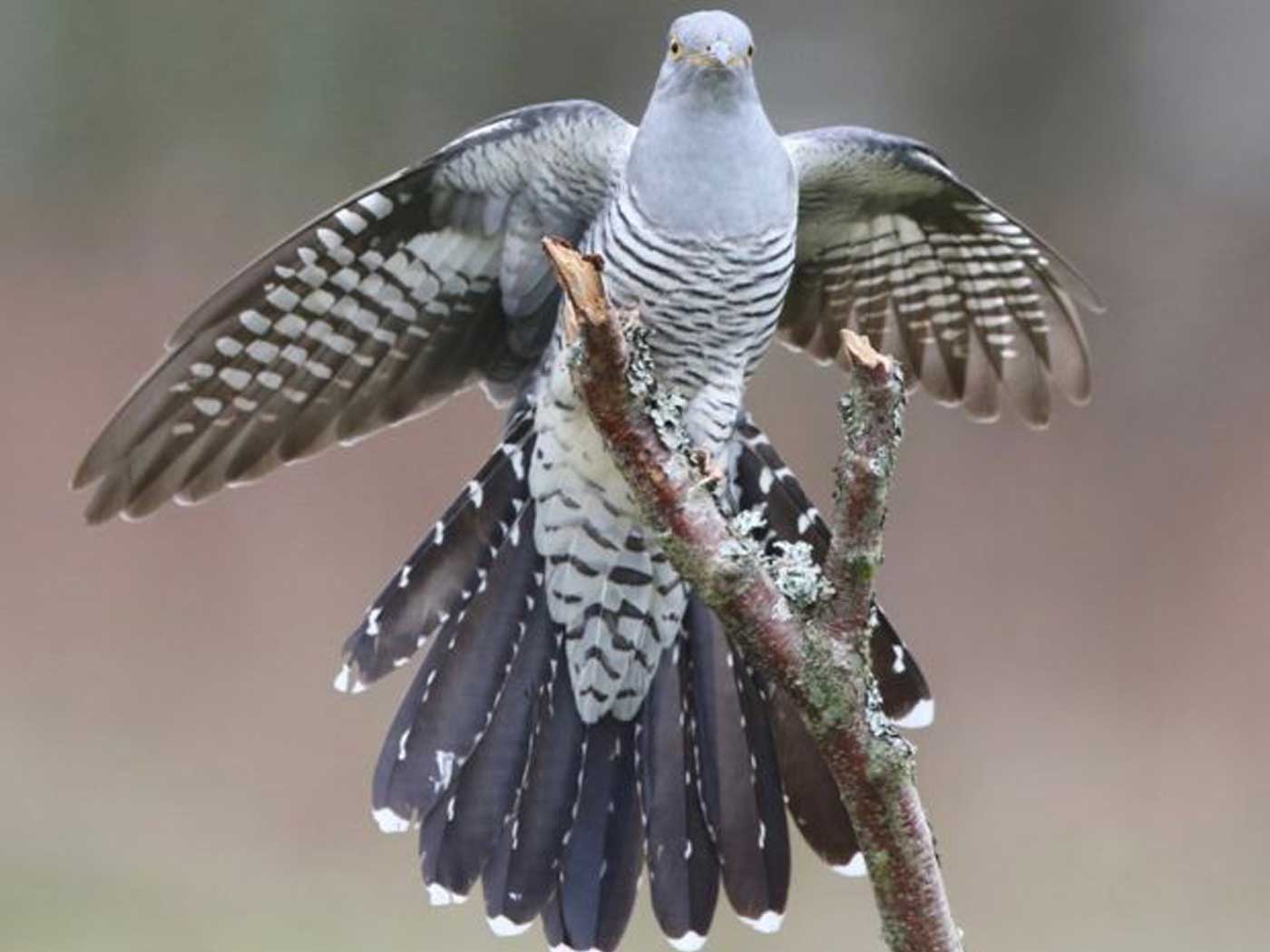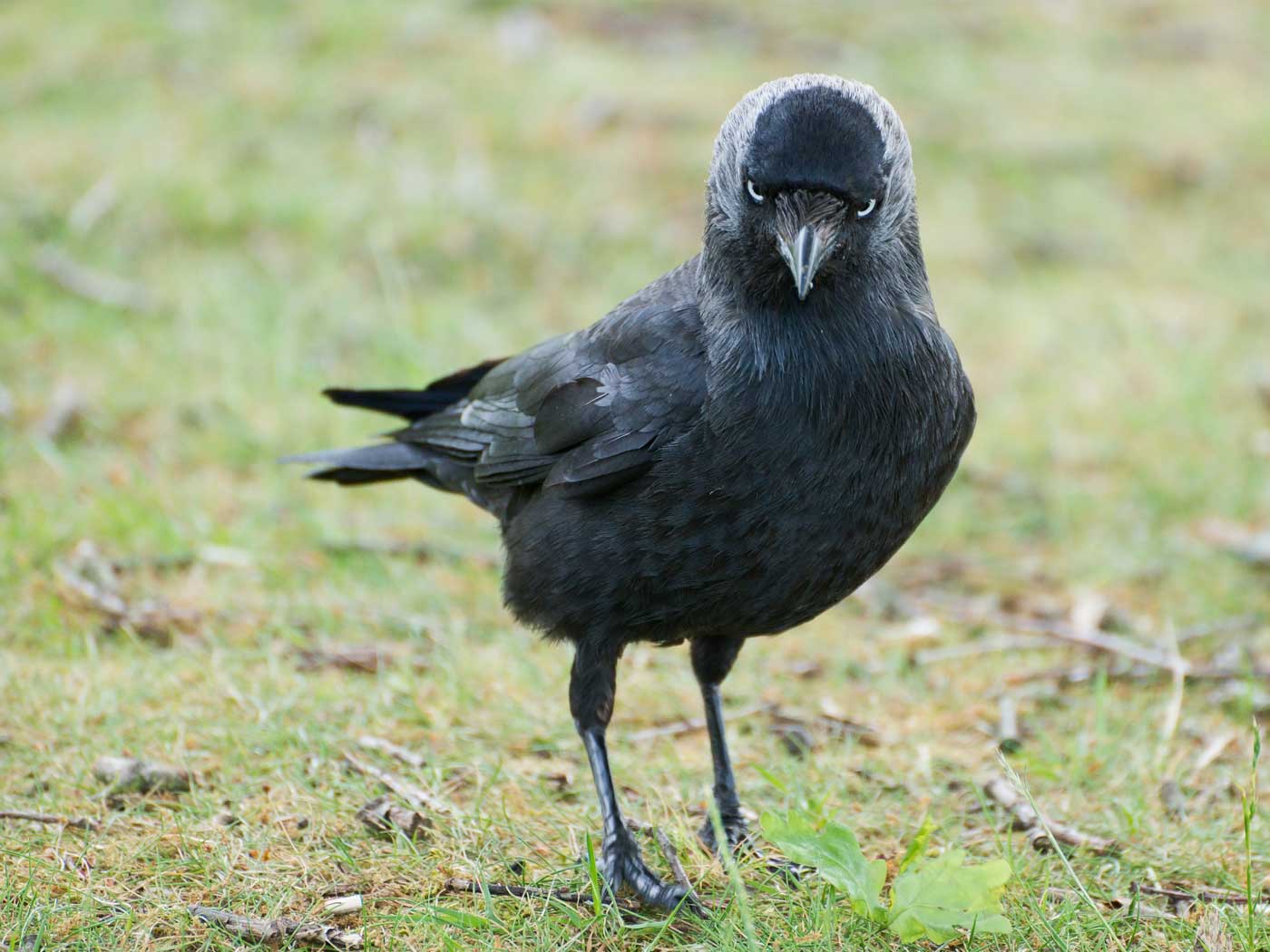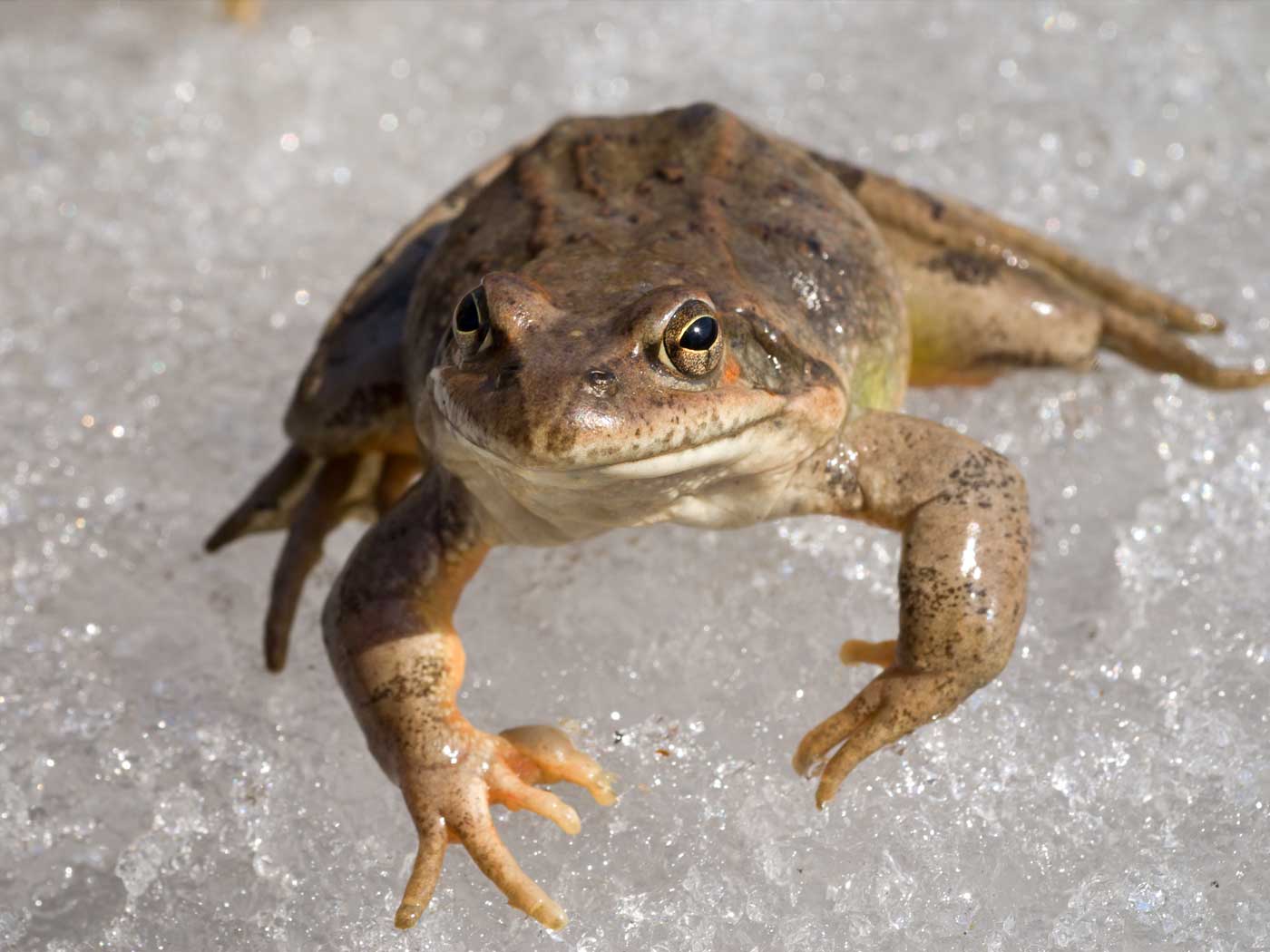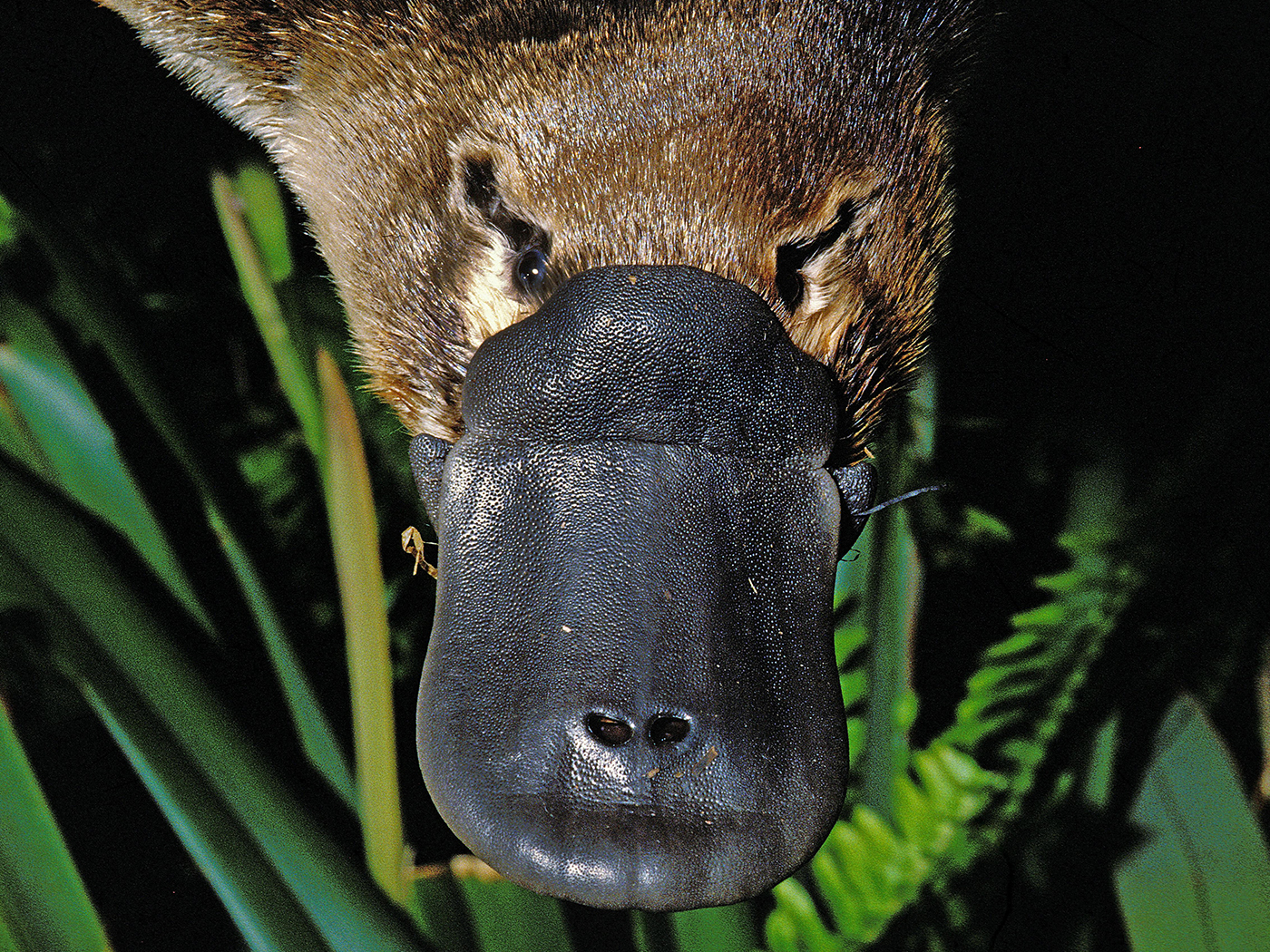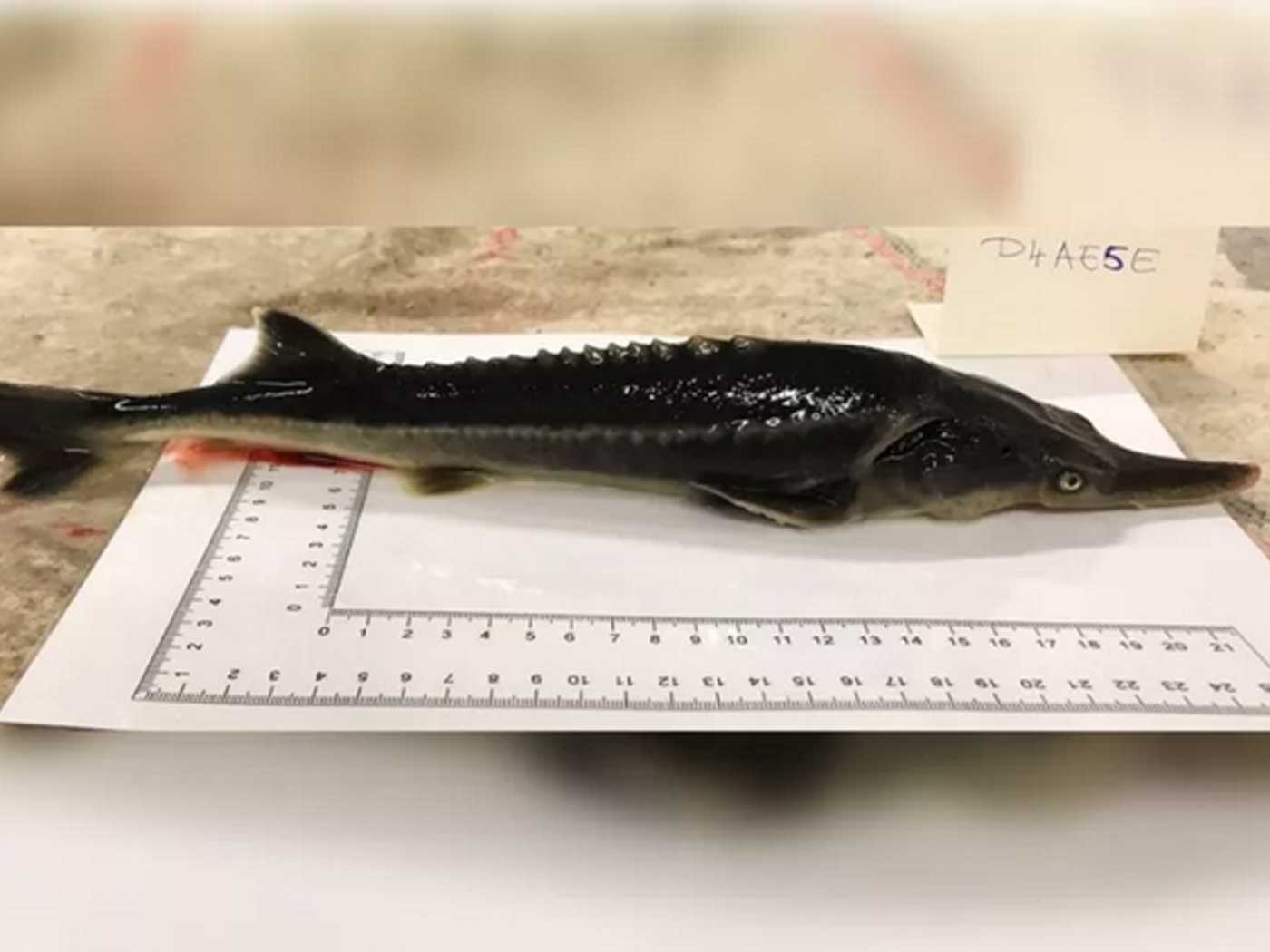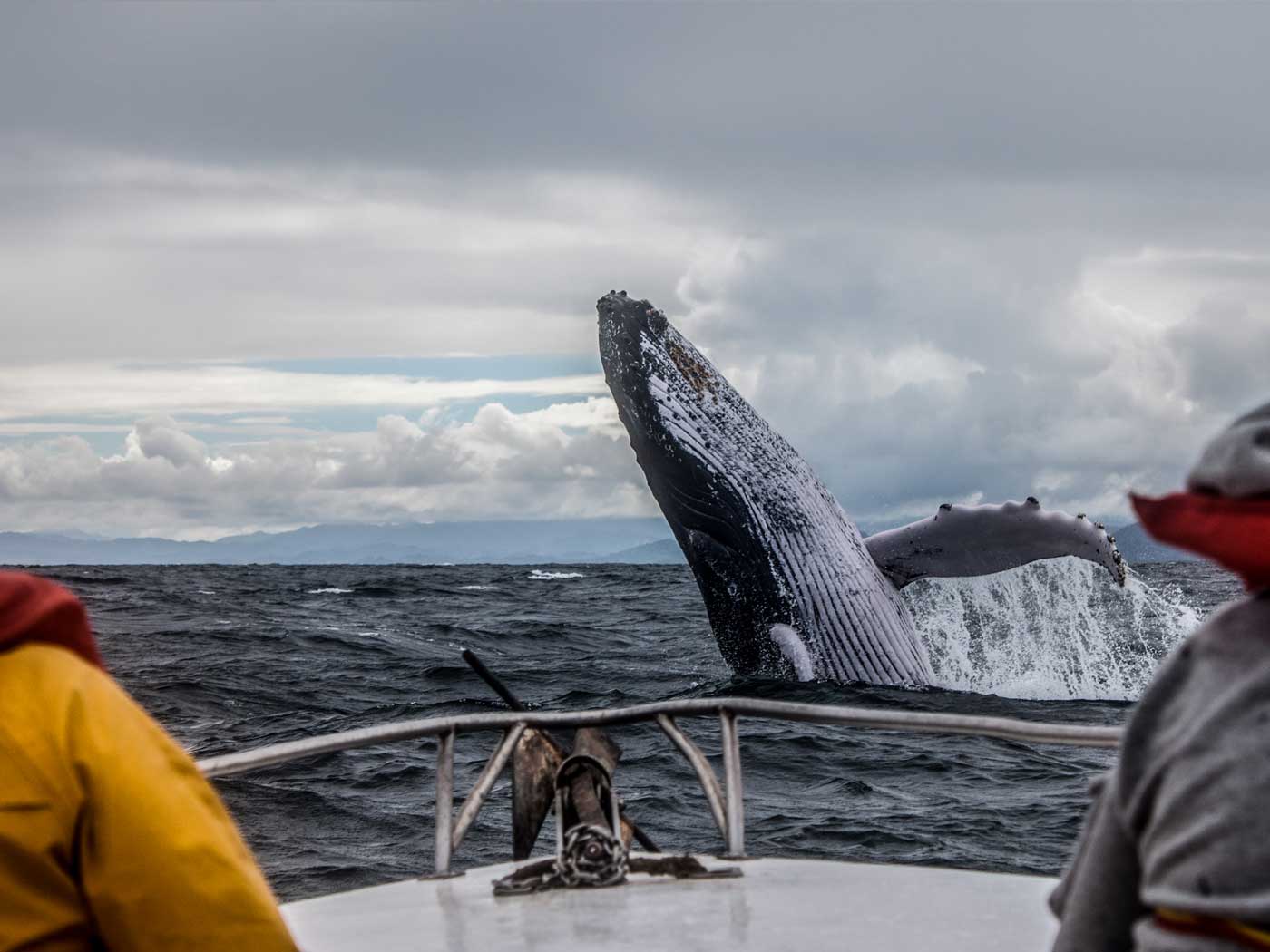High-speed creature communication has been making the news recently. There was underwater research on deep-sea squid,1 and now bird communication. In fact, the rapid signaling discovered in the honeyeater bird is all part of an intricate multi-part message that has scientists in awe at both its rapidity and complexity.2
The honeyeaters are a large and diverse family of small to medium sized birds mostly found in Australia and New Guinea. When a honeyeater is threated with a predator, such as a hawk, it gives out an alarm call in the blink of an eye. Researchers have analyzed this life-saving message in detail and uncovered a level of rapid-fire complexity never realized before.
When a hawk has spotted a honeyeater it wants for lunch, it will swoop down at a very high velocity on its target. The honeyeater has only a split second to flee to for cover. This fraction of a second makes the difference between life and death. During this brief time point, the honeyeater is not only engaging in rapid evasive maneuvering, but is giving out a two-stage alarm to warn its buddies.
Other types of animals are also known to signal urgent danger using repeated sounds, but often take a longer amount of time to deliver. The problem facing the honeyeater is how to make a lightning-fast information-rich message to benefit the other birds while staying alive at the same time. Fortunately, God has hardwired such programming and linguistic ability into the bodies and behavior of this bird.
When the honeyeater gives out this important message, it “front-loads” the information concerning urgency into the first note of the alarm call, allowing other honeyeaters to respond quickly and take cover. Then the honeyeater tags on more specific notes to reinforce the message and signal information to the others on how long they need to remain hidden. And these messages will get longer with more notes in direct relationship to the level of threat.
Evolutionists are at a loss to explain how this highly sophisticated rapid-fire adaptive communication trait within a complex social context could have arisen through random evolutionary processes. A complex multi-level trait like this would involve hundreds of genes to produce the sound producing and sound receiving systems (organs) in the bird. Plus, these birds need the built-in ability to recognize and decode the sophisticated messages. These amazingly sophisticated trait systems can only be the work of an all-powerful Creator that engineered these honeyeaters in the beginning.
References
1. Tomkins, J.P. Deep Water Squid Communication Mystifies Scientists. Creation Science Update. Posted on ICR.org March 27, 2020, accessed April 1, 2020.
2. Potvin, D.A. et al. 2018. Birds Learn Socially to Recognize Heterospecific Alarm Calls by Acoustic Association. Current Biology. DOI: 10.1016/j.cub.2018.06.013.
*Dr. Tomkins is Life Sciences Director at the Institute for Creation Research and earned his doctorate in genetics from Clemson University.
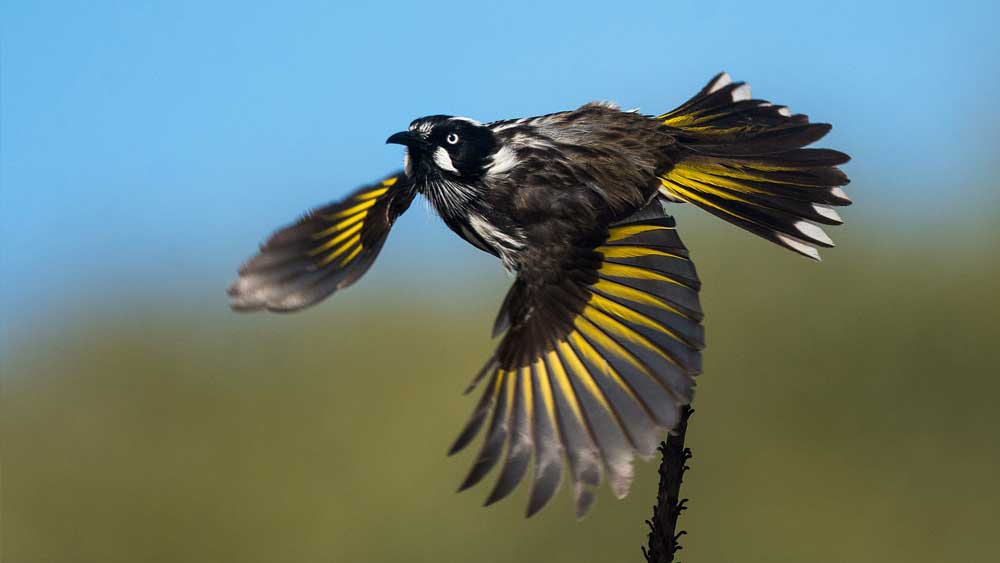
High-Speed Bird Communication Is Complex
The Latest
May 2024 ICR Wallpaper
"Have I not commanded you? Be strong and of good courage; do not be afraid, nor be dismayed, for the LORD your God is with you wherever you...
Was a Key to Photosynthesis Evolution Discovered?
Northern Canadian lakes were the source of recently discovered unique photosynthetic bacteria of the phylum Chloroflexota. After years of culturing,...
CREATION PODCAST
Four Moons That Indicate a Young Universe | The Creation Podcast:...
Earth has one moon, but Jupiter has many! What can we learn from our celestial neighbor's satellites? Do they indicate youth?
Host...
Creation Kids: Seeds and Sprouts
by Renée Dusseau and Susan Windsor*
You're never too young to be a creation scientist and explore our Creator's world. Kids, discover...
APOLOGETICS
Christ’s Creativity in Canyon Critters
Grand Canyon animals display many marvelous traits and behaviors as they live life in that harsh habitat. These canyon creatures succeed thanks to the...
Standing Against False Science
I’m Michael Stamp, and I’m in my 12th year as an editor at the Institute for Creation Research. It’s always an encouragement to see...
Oysters and Pre-Flood Longevity
The oyster species Crassostrea virginica, also known as the eastern oyster, is a prized seafood. Research has demonstrated that a fossil version of...
Galápagos Finches: A Case Study in Evolution or Adaptive Engineering?
A group of birds known as Darwin’s finches live in the Galápagos Islands, which are located in the Pacific Ocean 600 miles west of Ecuador....
Hot Springs National Park: Hydrothermal Springs Formed By The...
Hot Springs National Park is located about an hour southwest of Little Rock in the folded Ouachita Mountains of central Arkansas. It is the second smallest...
Why Biology Needs A Theory of Biological Design—Part 2
“Based on a true story” is included by movie producers to add authenticity, importance, and a flair of anticipation. So, my account of how...




